PACCAR ESA
126 $ Original price was: 126 $.105 $Current price is: 105 $.
Brand: PACCAR ESA
Version: 5.7.0
File Size: Approximately 979 MB
License Time: 2 year
Software Type: Diagnostic and programming tool
Region: Global
OS Support: Windows 10 and 11
Category: All Product
Size Installed: Approximately 4.03 GB
Database Language: English
Interface Language: English
PACCAR ESA is a sophisticated tool designed to enhance the efficiency and performance of commercial vehicles produced by PACCAR. From diagnostics to fleet management, this advanced software system offers an array of features that streamline operations for transport companies. In this blog post, we will delve into the numerous aspects of PACCAR ESA, exploring its introduction, features, benefits, and much more, to provide a comprehensive overview of how it impacts the industry.
Introduction to PACCAR ESA
The emergence of technology in the automotive sector has ushered in innovations that have reshaped how companies manage their fleets and vehicle diagnostics. One of the leading developments in this domain is PACCAR ESA, which stands for PACCAR Electronic Service Analysis. This tool is specifically engineered for PACCAR trucks and plays a crucial role in enhancing productivity while reducing operational costs.
The significance of PACCAR ESA cannot be overstated. With the increasing complexity of modern vehicles, having a reliable diagnostic tool is essential for fleet managers and technicians. It provides them with real-time data that aids in identifying issues before they escalate into costly repairs. The touchpoint between technology and automotive service, PACCAR ESA embodies the future of fleet management, where data-driven decisions lead to greater efficiency.
Understanding PACCAR ESA’s Role in Fleet Management
Fleet management encompasses various tasks, including maintenance scheduling, vehicle tracking, and driver performance monitoring. PACCAR ESA simplifies these processes, allowing managers to focus on strategic growth rather than micromanaging day-to-day operations.
A fundamental aspect of effective fleet management is ensuring that each vehicle operates at peak performance levels. PACCAR ESA proactively monitors engine performance, fuel efficiency, and other critical parameters. By doing so, it helps fleet operators optimize routes and schedules, ultimately improving bottom-line results.
How PACCAR ESA Fits in the Competitive Landscape
In an increasingly competitive marketplace, having a reliable support system like PACCAR ESA can be a game-changer. It equips businesses with the necessary tools to maintain their fleet, ensuring they remain on the road longer and are less prone to mechanical failures.
As competitors also invest in technology, staying ahead requires continuous improvement and adaptation. Thus, embracing cutting-edge systems like PACCAR ESA not only boosts operational capabilities but also enhances market positioning in a rapidly evolving industry.
Features of PACCAR ESA
PACCAR ESA boasts a plethora of features that cater to the demands of modern fleet management. Armed with state-of-the-art technology, it is designed to tackle the complexities of electronic diagnostics and vehicle management comprehensively.
Advanced Diagnostic Capabilities
One of the standout features of PACCAR ESA is its advanced diagnostic capabilities. The system can perform comprehensive health checks on various components of the vehicle, including the engine, transmission, and electrical systems.
This capability allows technicians to conduct thorough inspections quickly, pinpointing problems that could potentially hinder vehicle performance. With the ability to read and analyze fault codes, mechanics can address issues before they escalate into larger concerns, saving both time and money.
Real-Time Data Monitoring
Another key feature of PACCAR ESA is its real-time data monitoring function. Fleet managers benefit immensely from the ability to track vehicle performance metrics as they happen.
The system provides insights into fuel consumption, driving behavior, and overall vehicle health, enabling operators to make informed decisions swiftly. Real-time monitoring empowers businesses to adjust operations proactively, such as altering delivery routes based on traffic conditions or fuel efficiency.
User-Friendly Interface
The design of PACCAR ESA is user-centric, featuring an intuitive interface that ensures ease of use for both novice and experienced users. The layout provides quick access to vital functions and features, minimizing the learning curve associated with adopting new technology.
This simplicity is crucial in a demanding work environment where time is of the essence. A well-designed system facilitates seamless integration into existing workflows, promoting higher productivity levels among technicians and fleet managers alike.
Customizable Reports and Analytics
Flexibility in reporting is another invaluable feature of PACCAR ESA. Users can generate customizable reports that cater to specific needs, whether it’s analyzing fuel consumption patterns or evaluating the performance of individual drivers.
Such detailed analytics empower fleet managers to identify trends and make data-driven decisions that foster improvement over time. The ability to tailor reports enhances the system’s effectiveness and relevance to various fleet operations.
Benefits of Using PACCAR ESA
Leveraging PACCAR ESA comes with a multitude of benefits that extend beyond mere operational efficiencies. As the industry evolves, the advantages offered by this system become increasingly pronounced, presenting a compelling case for its adoption.
Improved Vehicle Uptime
One of the primary benefits of PACCAR ESA is improved vehicle uptime. By facilitating proactive maintenance through meticulous diagnostics, fleet operators can minimize unplanned breakdowns.
When vehicles remain operational longer, companies can maximize their revenue potential. Reduced downtime translates directly into increased productivity, which is crucial in meeting delivery deadlines and maintaining customer satisfaction.
Enhanced Safety Standards
Safety is paramount in transportation, and PACCAR ESA contributes significantly to upholding high safety standards. The system’s diagnostic capabilities ensure that any discrepancies or faults impacting vehicle safety are addressed promptly.
Regular health checks facilitated by PACCAR ESA mean that vehicles are less likely to encounter dangerous failures on the road. This commitment to safety can lead to lowered insurance premiums and reduced liability for fleet operators.
Cost Savings Over Time
Investing in PACCAR ESA may incur initial costs, but the long-term savings it provides far outweigh these expenditures. By preventing major repairs through early detection and fostering efficient vehicle operation, companies can significantly reduce maintenance expenses.
Furthermore, improved fuel efficiency stemming from optimized vehicle performance contributes to lower operational costs. The cumulative effect of these savings enhances profitability and positions businesses for sustainable growth.
Increased Driver Accountability
PACCAR ESA also plays a pivotal role in increasing driver accountability. With real-time data on driving behavior available, fleet managers can monitor aspects such as speed, acceleration, and braking patterns.
By analyzing this data, companies can develop targeted training programs for their drivers, fostering safer driving habits. It creates an environment where drivers are more conscious of their performance, ultimately benefiting the fleet’s overall efficiency and safety.
How PACCAR ESA Enhances Fleet Management
The integration of PACCAR ESA into fleet management practices elevates the entire process, allowing operators to harness the full potential of their resources.
Streamlined Maintenance Scheduling
One of the most significant enhancements brought about by PACCAR ESA is streamlined maintenance scheduling. The system’s diagnostic alerts and analysis allow fleet managers to identify when preventive maintenance is due.
By transitioning from reactive to proactive maintenance, operators can strategically plan repairs around their operational schedules. This foresight minimizes interruptions and promotes smoother workflow within the organization.
Efficient Route Planning
Alongside maintenance, PACCAR ESA aids in optimizing route planning. By analyzing real-time traffic data and vehicle performance, fleet managers can select the most efficient routes for deliveries.
Efficient routing not only reduces fuel consumption but also enhances customer satisfaction by improving delivery times. Implementing insights gleaned from PACCAR ESA ensures that every mile driven contributes to the overall success of operations.
Comprehensive Performance Metrics
PACCAR ESA provides fleet managers with comprehensive performance metrics that inform decision-making processes. By compiling data across various vehicles, managers can gauge the health and performance of their fleet as a whole.
Understanding these metrics facilitates better resource allocation, whether it involves investing in newer vehicles or determining which types of maintenance yield better returns. Such clarity enables companies to pivot strategies effectively in response to changing circumstances.
Greater Visibility into Fleet Operations
Visibility is a crucial component of successful fleet management, and PACCAR ESA offers unparalleled insights into operational status. Managers can access dashboards detailing every aspect of fleet performance, enabling them to spot trends and patterns that may require attention.
Greater visibility translates to improved oversight, allowing operators to hold teams accountable and make informed decisions that drive company strategy.
Installation Process for PACCAR ESA
Implementing PACCAR ESA within a fleet requires careful planning and execution. Understanding the installation process is essential to ensure a smooth transition to this powerful diagnostic tool.
Preparing for Installation
Before installing PACCAR ESA, it’s important to prepare adequately. This preparation includes assessing the current state of the fleet and determining the specific requirements needed for successful implementation.
Involving all stakeholders—technicians, fleet managers, and even drivers—during the preparatory phase fosters collective buy-in. Conducting a thorough assessment of existing systems and identifying areas for integration is critical to maximizing the effectiveness of PACCAR ESA.
Installation Steps
The actual installation of PACCAR ESA typically follows a structured approach. Initial steps often involve connecting the diagnostic hardware to the trucks’ onboard computers, ensuring compatibility across various models.
Once connected, technicians should follow the software prompts to synchronize data from the vehicles. It’s advisable to have trained professionals oversee the installation process, as their expertise will help troubleshoot any potential issues that arise.
Training and Onboarding
Post-installation, training becomes a crucial component of the implementation process. Providing comprehensive training sessions for all users ensures that everyone understands how to navigate the system efficiently.
Training should cover the essential features of PACCAR ESA, focusing on how to interpret data, generate reports, and utilize diagnostic tools effectively. Empowering users through knowledge fosters confidence in the system, leading to quicker adoption rates.
Continuous Support and Updates
After the installation, ongoing support and updates are vital in keeping PACCAR ESA functioning optimally. Regular software updates introduce new features and improvements, enhancing overall usability and effectiveness.
Maintaining an open line of communication with PACCAR support teams ensures that any issues encountered during usage can be swiftly addressed. Moreover, soliciting feedback from users can inform future updates and modifications, aligning the system with evolving industry needs.
Troubleshooting Common Issues with PACCAR ESA
Despite its sophistication, users may encounter challenges while utilizing PACCAR ESA. Knowing how to address common issues can minimize disruptions and keep operations running smoothly.
Communication Errors
One frequent problem that users face involves communication errors between PACCAR ESA and the vehicle’s onboard computer. These errors can stem from loose connections, misconfigurations, or outdated software.
To troubleshoot, users should first check all connections to ensure they are secure. If the issue persists, ensuring that the software is up to date may resolve the problem, as updates often contain bug fixes and improvements.
Incorrect Diagnostics
Occasionally, PACCAR ESA may provide incorrect diagnostic readings, leading to confusion among technicians. This scenario can occur if the system does not have the latest information regarding vehicle specifications.
To remedy this, it’s advisable to cross-reference diagnostic readings with physical inspections. Additionally, updating the database used by PACCAR ESA can mitigate inaccuracies in readings.
Software Glitches
Like any software, PACCAR ESA is not immune to glitches or bugs that may disrupt functionality. Users may experience slow performance, crashes, or unexpected behavior during usage.
The best course of action when dealing with software glitches is to restart the program or the entire device. If the problem continues, contacting PACCAR support for assistance is necessary, as they can provide guidance on resolving complex issues.
User Misunderstandings
Misinterpretation of the system’s functionalities can lead to frustrations among users. It is vital for users to engage with training materials and support resources to fully comprehend how to leverage the capabilities of PACCAR ESA.
Encouraging a culture of inquiry—where users feel comfortable asking questions and seeking clarification—can alleviate misunderstandings. Regularly scheduled training refreshers can also reinforce users’ knowledge of the system.
Comparing PACCAR ESA with Other Systems
As technology continues to evolve, numerous diagnostic and fleet management systems flood the market. It’s essential to compare PACCAR ESA against its competitors to understand its unique offerings and value proposition.
Industry-Specific Design
One of the defining characteristics of PACCAR ESA is its industry-specific design tailored for PACCAR vehicles. Unlike generic diagnostic tools, it focuses exclusively on the intricacies of PACCAR trucks, providing highly relevant insights.
Competitor systems may lack this level of specialization, making PACCAR ESA a preferred choice for organizations operating fleets primarily composed of PACCAR vehicles. This specificity leads to enhanced performance monitoring and accurate diagnostics.
Comprehensive Functionality
While other systems may offer similar diagnostic capabilities, few can rival the comprehensive nature of PACCAR ESA. It integrates various functionalities into one platform, including maintenance scheduling, performance metrics, and real-time data monitoring.
Competitors may require multiple platforms to achieve the same breadth of functionality, complicating the management process. PACCAR ESA streamlines operations by consolidating these features, creating a more efficient and user-friendly experience.
Cost-Effectiveness
Costs associated with implementing and maintaining diagnostic systems can vary greatly across providers. PACCAR ESA, though initially requiring investment, delivers substantial cost savings through its preventative maintenance features and efficient operations.
When compared to other systems that may involve additional hidden costs or require extensive training, PACCAR ESA often emerges as the more economical choice in the long run. Its ability to prevent costly repairs and minimize downtime can lead to considerable financial benefits.
Customer Support and Community
A strong support network is crucial when utilizing any tech solution. PACCAR ESA benefits from the backing of PACCAR’s established reputation, offering robust customer service and continuous updates.
Other diagnostic systems may struggle to provide the same level of support, which can pose challenges during implementation or troubleshooting phases. Access to a dedicated community of users can also enhance the experience, allowing shared insights and solutions.
User Reviews and Experiences with PACCAR ESA
Gaining insights from those who have utilized PACCAR ESA provides valuable perspectives on its performance and overall impact on fleet management. User reviews and experiences depict a range of sentiments that highlight both strengths and areas for improvement.
Positive Feedback on Efficiency
Many users laud PACCAR ESA for its efficiency in diagnosing issues quickly. Technicians express appreciation for the accuracy of readings and the system’s ability to flag potential problems before they escalate.
Users emphasize that this efficiency leads to significant time savings, allowing them to focus on fixing issues rather than spending excessive time figuring out what went wrong. This sentiment underscores the system’s utility as a vital tool in maintaining fleet health.
Concerns About Learning Curve
While many appreciate the intuitive design of PACCAR ESA, some users report experiencing a learning curve during their initial interactions with the system. Newly hired technicians or those unfamiliar with tech-based diagnostics may find it challenging to navigate all the features effectively.
Providing ongoing training and mentorship helps alleviate these concerns, ensuring that all team members are comfortable using the system. Many fleet managers report that as staff become more familiarized, they gain confidence in leveraging the tool’s full capabilities.
Mixed Opinions on Updates
Software updates are a double-edged sword. While many users recognize the necessity of updates for maintaining system performance, some express frustration when updates introduce changes to familiar features.
User experiences regarding updates often vary. Some appreciate the introduction of new functionalities, while others prefer stability over constant changes. Establishing a balance between innovation and user familiarity can improve overall satisfaction rates.
Value in Long-Term Usage
Long-term users of PACCAR ESA often share stories of how the system has transformed their operations. They note improved vehicle performance, decreased maintenance costs, and higher overall productivity.
These testimonials reveal the lasting impact of PACCAR ESA on fleet management, indicating that investment in the system yields substantive returns over time.
Future Developments in PACCAR ESA Technology
As the transportation industry continues to advance, so too must diagnostic systems like PACCAR ESA evolve to meet emerging demands. Anticipating future developments in this space reveals intriguing possibilities that can further enhance fleet management.
Integration with IoT and AI
One promising direction for PACCAR ESA involves deeper integration with Internet of Things (IoT) devices and artificial intelligence (AI). These technologies can enhance real-time data analysis and predictive maintenance capabilities.
IoT sensors placed throughout the vehicle can relay granular data points to PACCAR ESA, allowing for even more precise diagnoses and performance evaluations. AI algorithms can process this data to predict potential failures, thereby pushing the envelope for preventative maintenance.
Enhanced User Experience Through Mobile Apps
As mobile technology continues to proliferate, integrating PACCAR ESA with mobile applications can vastly improve user experience. Allowing fleet managers and technicians to access critical data on the go can facilitate faster decision-making.
Mobile access would empower users to receive alerts, generate reports, and monitor vehicle performance without needing to be tethered to a workstation, significantly bridging the gap between fieldwork and office management.
Focus on Sustainability
With increasing emphasis on sustainability, future iterations of PACCAR ESA may incorporate features aimed at optimizing fuel efficiency and reducing emissions. This alignment with environmental goals resonates with the broader industry shift towards greener practices.
Such enhancements could include tracking and suggesting eco-friendly driving behaviors or providing recommendations for alternative fuels. As regulations in this area become stricter, tools that promote sustainability will be invaluable for fleet operators.
Continual User Feedback Integration
As with any technological solution, the voice of the user remains paramount. Future developments in PACCAR ESA will likely prioritize the integration of user feedback into product evolution.
Creating avenues for users to share their experiences and suggestions will ensure that PACCAR ESA remains adaptable and responsive to the ever-changing landscape of fleet management. This collaborative approach can lead to a more productive and satisfying user experience.
Conclusion: The Impact of PACCAR ESA on the Industry
In conclusion, PACCAR ESA represents a significant advancement in the realm of fleet management and vehicle diagnostics. This innovative system offers a wide array of features designed to improve efficiency, optimize performance, and bolster safety measures within commercial truck operations.
The benefits experienced by users underscore the transformative potential of PACCAR ESA, proving that thoughtful integration of technology can lead to measurable improvements in operational outcomes. As the industry continues to evolve, embracing tools like PACCAR ESA will be essential for companies aiming to stay competitive in a fast-paced market.
Looking ahead, the continued development of PACCAR ESA, particularly in areas such as IoT integration, user experience enhancements, and sustainability initiatives, promises exciting advancements that will shape the future of fleet management. The importance of investing in such systems cannot be overstated, as they play a pivotal role in navigating the challenges of an increasingly complex automotive landscape.
📥 Contact Us:
🌐 Website: www.diagtechpro.com
📲 WhatsApp: https://wa.me/message/K6JOQMVFBGSAD1
📧 Email: di4gtechpro@gmail.com
Be the first to review “PACCAR ESA” Cancel reply
Related products
All Product
Cummins CalFix for INSITE – Powerful Engine Calibration and Fault Fixing for Cummins Engines
All Product
All Product
All Product

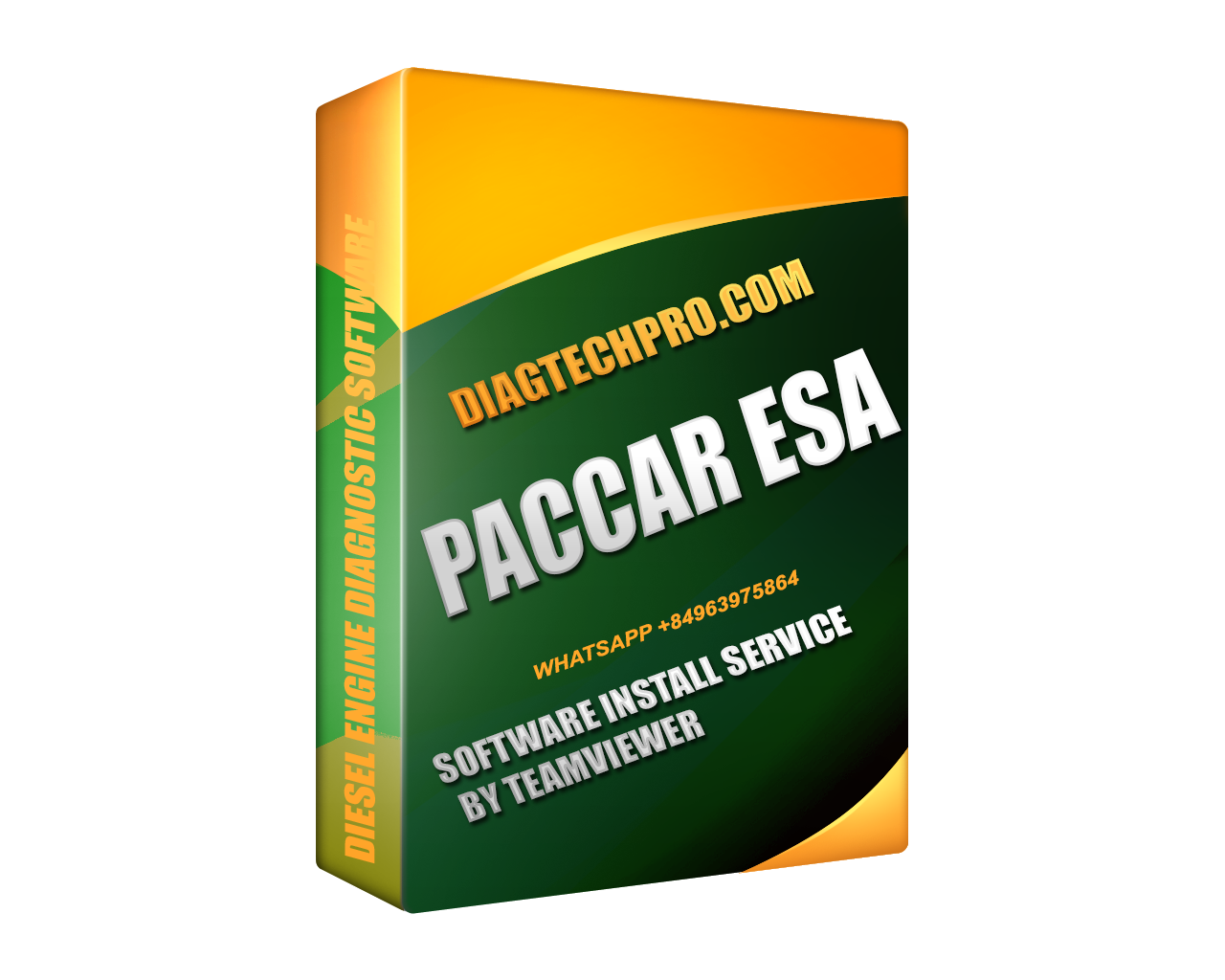
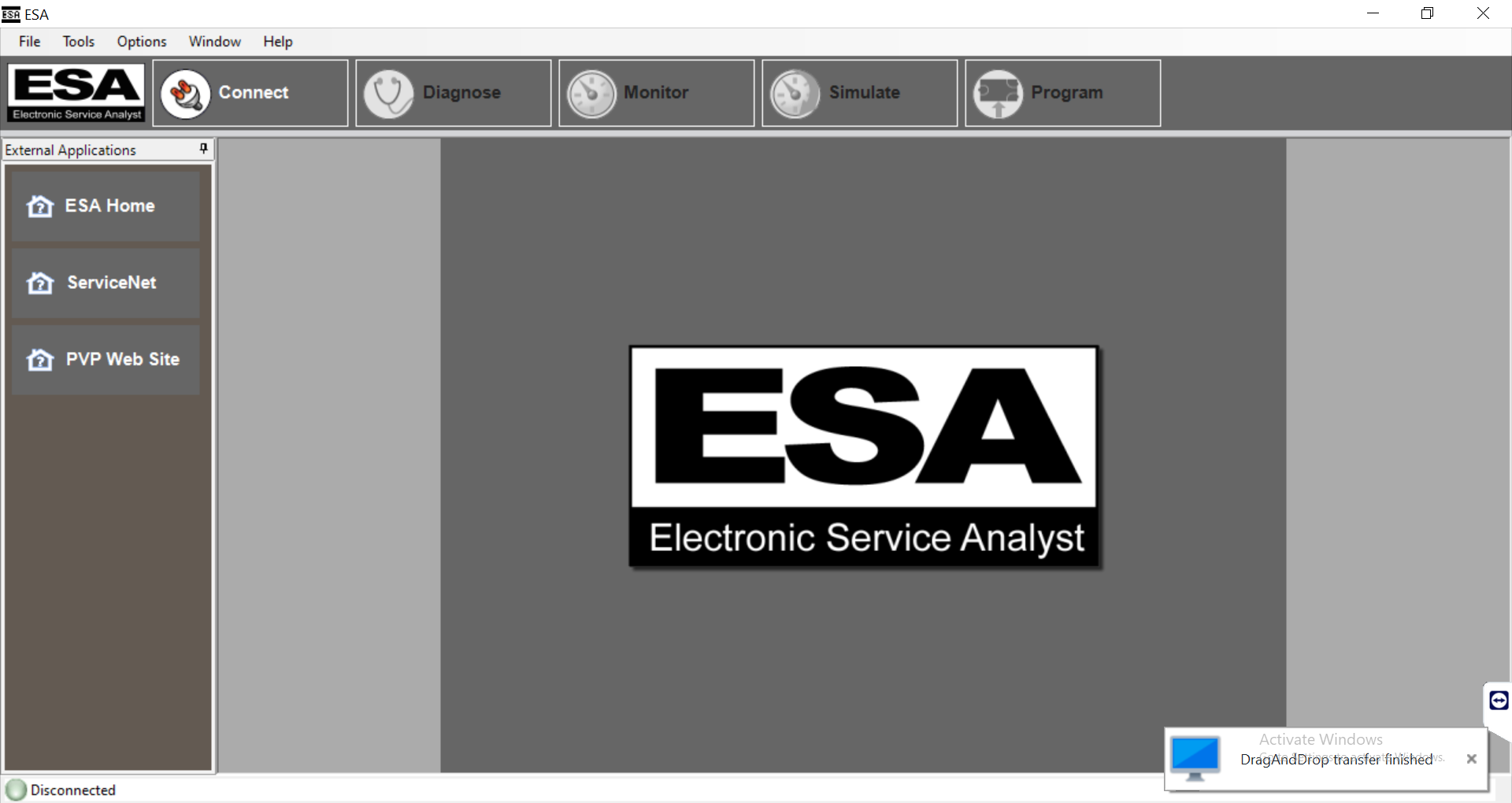
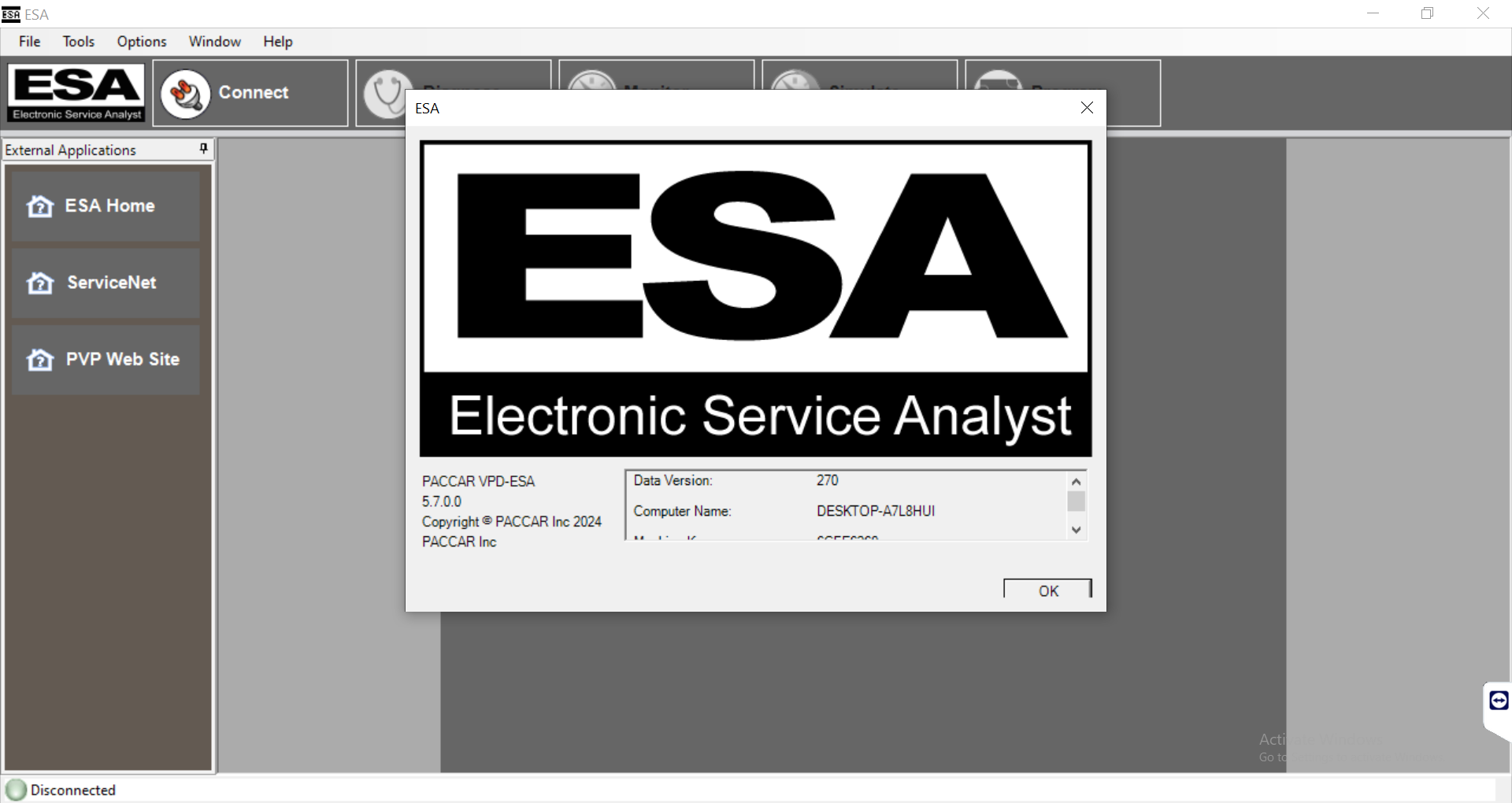



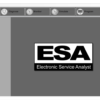
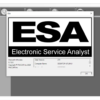
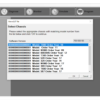












Reviews
There are no reviews yet.